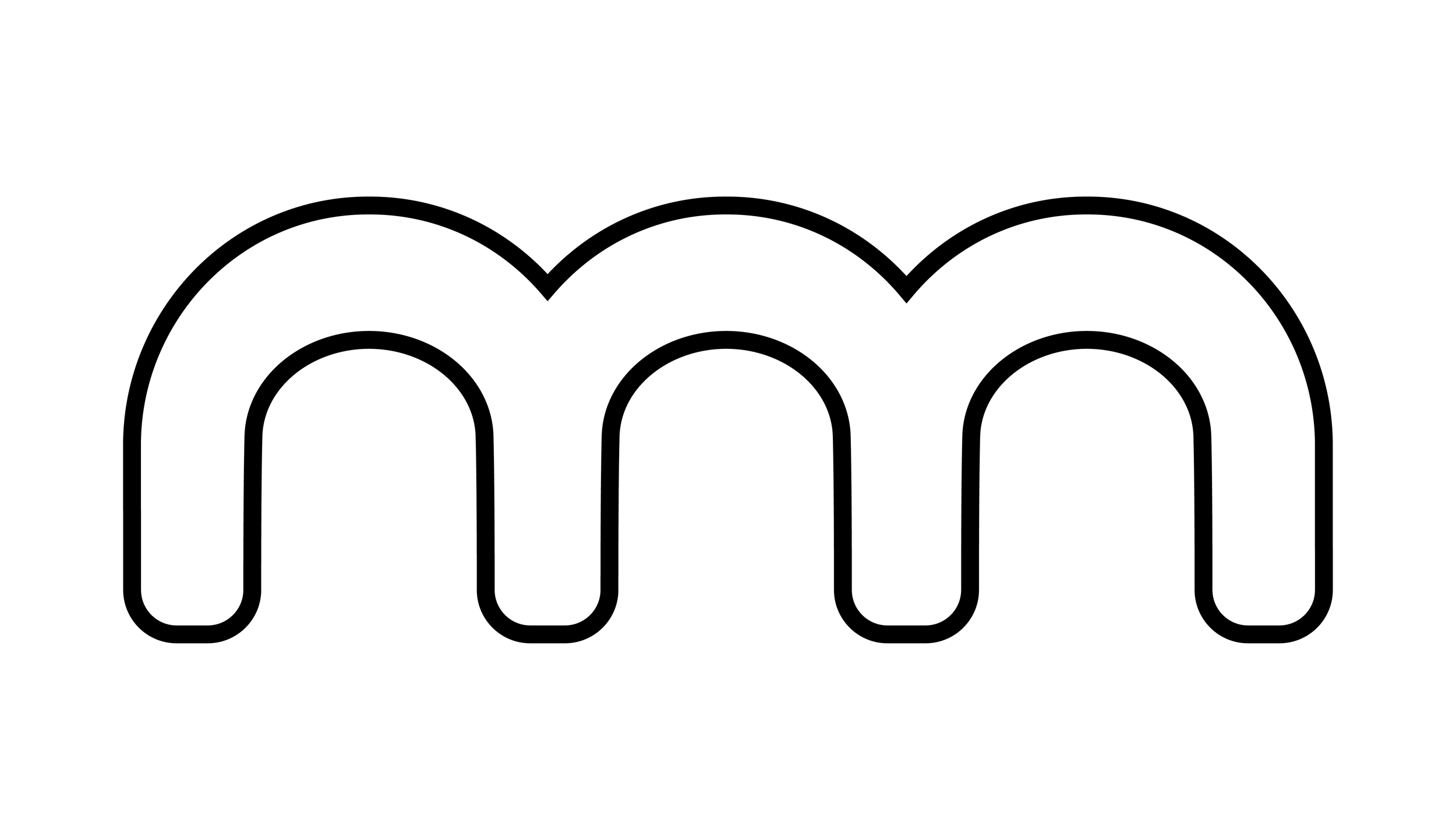Concept & Process
Children’s books need to capture the attention of a younger audience and be conventionally typeset so early readers can follow along. Additionally, books that have been turned into movies (like Harriet the Spy), often carry the burden of having their original covers replaced with stills from the film. With those assumptions in mind, I went ahead and scrapped all of them. I wanted to create a book that adults could hold in their hands and read, but that felt more like a high-end journal than a children’s book. By elevating the design, playing with the original illustrations, and leaning into the era of the 1960s, I was able to bring this book to life in a way that made it relevant and nostalgic to adults.
With colors selected from 1960s fabric and type lifted from Swiss design, I created clean and readable spreads that told the story in new ways. Throughout the novel, Harriet’s journal entries pepper the storytelling. To call these out, I chose to make them bigger, bolder, and more colorful. Tight typography and a rigid grid system would have created a beautiful book, but the childlike charm of the illustrations and indeed the plot would have been lost. I compensated for that rigidity by breaking the restrains, knocking text around, breaking apart text when appropriate, and allowing the text to interact with the organic original illustrations of Louise Fitzhough. Finally, I worked within the literary structure of the book to bring new colors and spreads into the design. Each of the three books that divide the novel are color-coded and designated by full-spread quotes. No longer regulated to the children’s section, this book brings Harriet into your adulthood and reminds readers to live as authentically as she.












